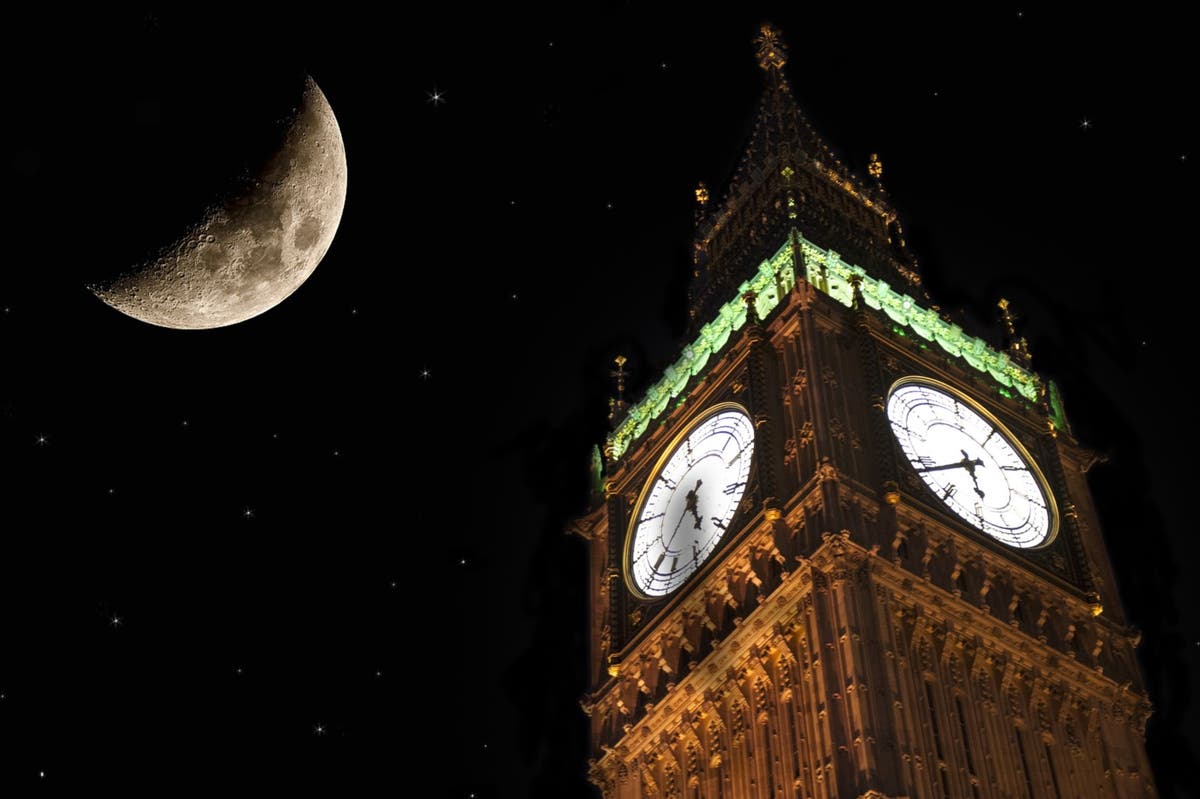Coordinated Lunar Time (LTC) needed due to differing gravitational forces
Nasa is working to create a new standard of time for the Moon that will see clocks move faster than on Earth, according to a White House memo.
The US Office of Science and Technology Policy (OSTP) directed the US space agency to set up a moon-centric time reference system that accounts for its differing gravitational forces.
In a memo on Tuesday, OSTP chief Arati Prabhakar noted that Earth-based clocks would appear to lose 58.7 microseconds per Earth-day as a result of these factors.
Nasa has until 2026 to set up a unified time standard, which Ms Prabhakar referred to as Coordinated Lunar Time (LTC). It will then be used by astronauts, spacecraft and satellites that require highly accurate timekeeping.



You’re not wrong, so I think that a truly Universal UTC would have to include an observation point as a reference timeframe. (Side note: I realize the following is probably WAY too much overthinking, but I got into it and couldn’t stop. Also, for most practical purposes, probably any of these that involve Earth are going to be effectively equivalent. Also also, maybe for any practical purposes, these are going to be unnecessary because the most relevant form of timekeeping is going to be local time wherever you are, so a “universal” reference timeframe is probably unnecessary.)
So anyway, if our UUTC is going to include a universal reference timeframe, we might as well just use the existing UTC and call that observation point “the point where the Prime Meridian, the Equator, and Mean Sea Level meet on the planet Earth.” The 0-0-0 point on Earth’s surface, so to speak.
Yeah, that point spirals around the sun like a five-year-old ballerina, so maybe we’d want something with a little less movement? But pretty much anything with enough stability to be a good reference point would also have enough gravity that time would move significantly quicker near it, making it dramatically different from the universal average, so maybe that’s not a whole lot better.
I guess we could pick a point along the Earth’s orbit and use that 0-0-0 point on its surface at a specific time of year as that reference point? Say, January 1? But then we’re using time as a factor in the standard definition of time, so that wouldn’t work.
Maybe we just use Earth’s apogee or perigee from the sun, and call the reference point “the location, relative to Sol, of the 0-0-0 point on Earth when the Earth is at its apogee”? But Earth’s orbit and its rotation aren’t synced up; it completes an orbit every 365.256 rotations–that’s why we have Leap Year–meaning that the point would be changing by about a quarter of the circumference of the Earth every year, then snapping back again every fourth year. I guess you could average it, but then it would be somewhere else on Earth’s surface.
We could abandon the 0-0-0 point and just call the reference frame “the point at Earth sea level which is furthest from the sun during aphelion,” but then the actual location would change every year. Plus, the problem with using Earth as the measuring stick at all is that Earth’s orbit wobbles, and can be affected by other orbiting bodies in a seemingly non-deterministic fashion (the three-body problem), and it’s moving away from the sun.
So we could disconnect the reference frame from the actual orbit of the Earth, idealize it, and update it every few years: average out the exact location of Earth sea level furthest from the sun during aphelion over X years of recorded orbital history and Y years of predicted future orbits, and call that averaged location the reference point. Then go back and update it annually as orbital dynamics change and get better.
I think that might be my best (or least-worst) idea for that sort of thing, unless someone can figure out a way to get something out of the CMBR that’s easily measurable and can define a location non-subjectively. Well, subjective to the CMBR, at least.
Taking the risk to sound like a complete idiot but why cant we technically.
agree on how late it is.
call it universal time.
It might feel like weird to live during different hours but i am sure people will adapt to their local sleeping/waking/eating moments. Most of us arent following our bioclock anyway.
Or is this about needing a way to quantify a unit of time scientifically when not on earth? But then earth reference points wont work either?
In all practicality, that’s probably what most people are going to do. But there will probably need to be a way of coordinating very long-distance (interplanetary-scale) science experiments and such.
The observation point will obviously need to be Greenwich, to conform to current time zones. What is the GMT on Jupiter? GMT+10,000?
What about just a measurement base time? we could have that for given points in space time (ST) that accounts for other bodies as well?
So earth is at a given apogee with other significant bodies (SBs) is one time zone
We just increase the measurement of SBs until all the given points of a related points of ST (PSTs) when controlled for the gravity of SBs have the same time within a give precession range.
Seems more scalable and better at accounting for the movement of SBs